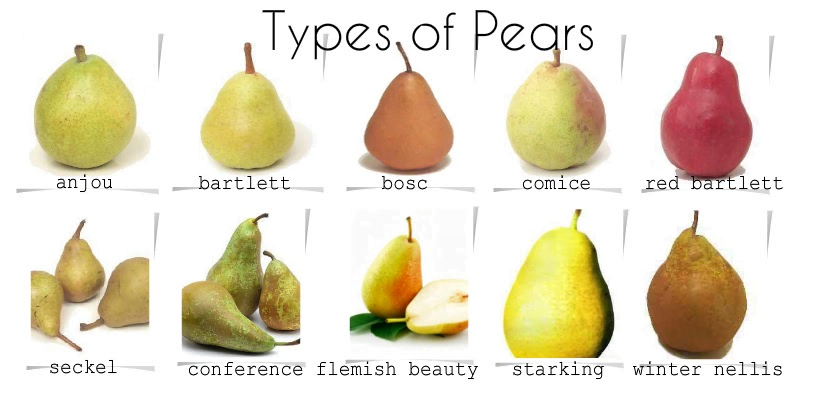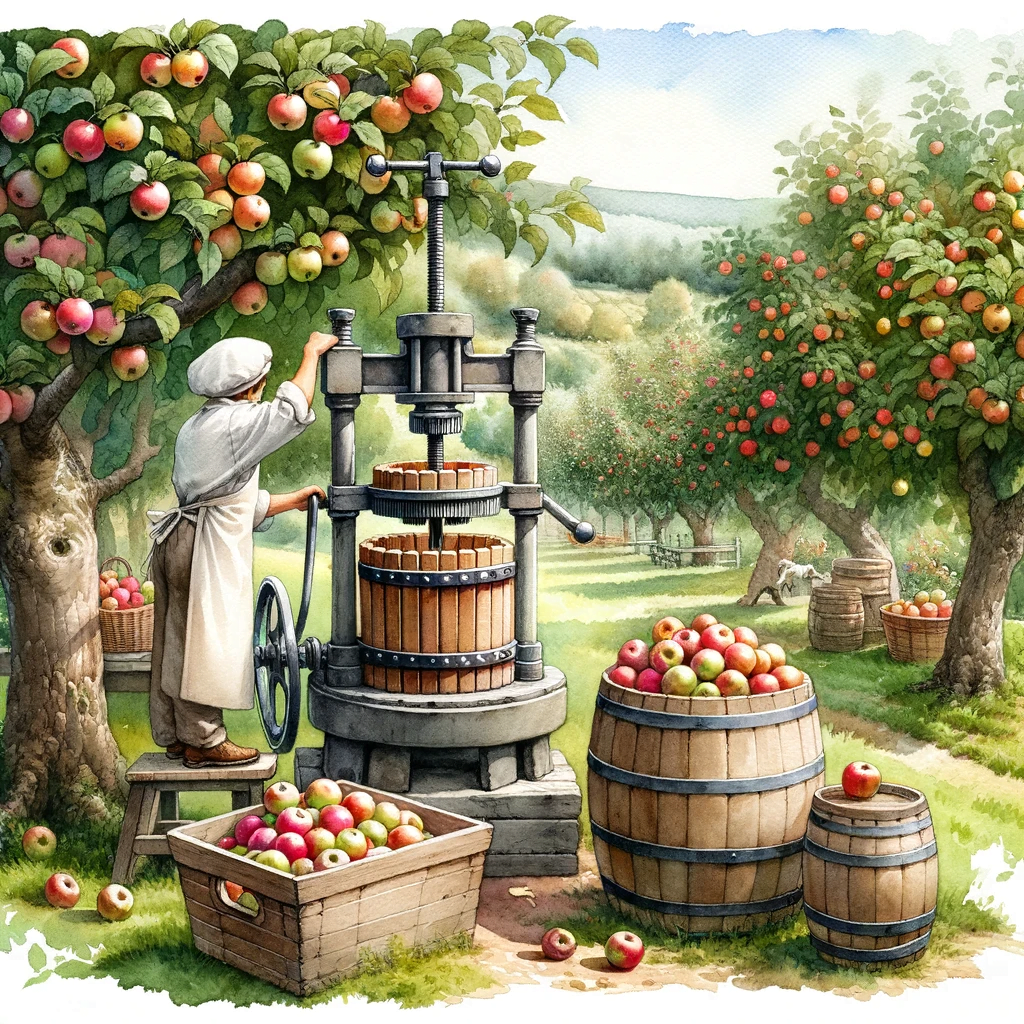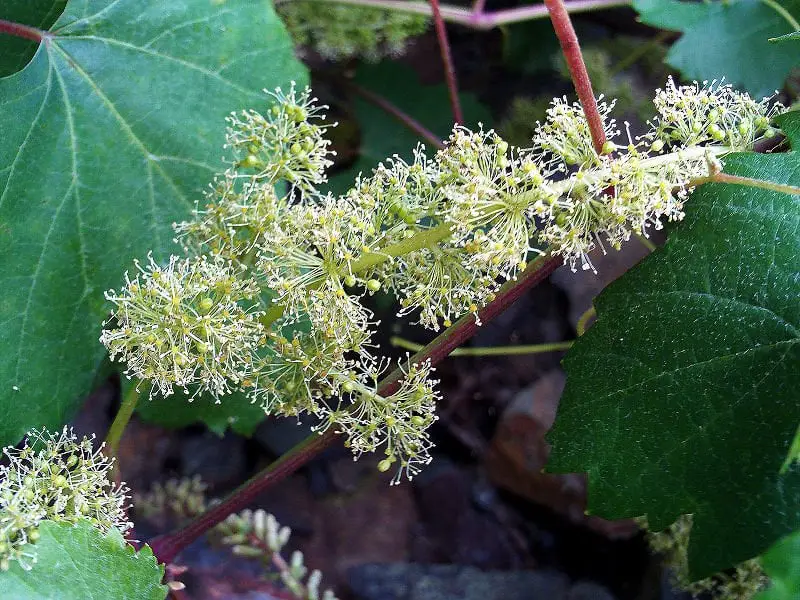Imagine biting into a perfectly ripe Asian pear, its crisp and juicy flesh bursting with sweet flavor. But how can you determine if an Asian pear is truly ripe and ready to enjoy? In this article, you’ll discover a comprehensive guide that will help you decipher the ripeness of Asian pears, allowing you to savor these delectable fruits at their peak. From color and texture to aroma and yield, you’ll gain valuable insights into the art of choosing perfectly ripe Asian pears, ensuring each bite transports you to a realm of pure fruity delight. So get ready to enhance your pear-picking prowess and embark on a luscious journey through the world of Asian pears!
The Ripeness Guide for Asian Pears
Do you often find yourself unsure about whether an Asian pear is fully ripe? Don’t worry, you’re not alone. Determining the ripeness of Asian pears can be a bit perplexing, especially if you’re not familiar with the specific signs to look out for. Luckily, we’re here to help you become an expert in identifying perfectly ripe Asian pears! In this comprehensive guide, we’ll walk you through various methods and techniques to determine the ripeness of Asian pears so that you can enjoy their sweet and juicy flavor at its peak.

Signs of Ripeness
When it comes to determining the ripeness of Asian pears, there are several key signs to keep an eye out for. These signs include color, texture, smell, sweetness and flavor, stem connection, and even the sound produced when gently tapping the fruit. By paying attention to these indicators, you’ll be able to make an accurate assessment of ripeness and ensure that you select the perfect Asian pears for your enjoyment.
Determining Ripeness by Color
One of the easiest ways to gauge the ripeness of an Asian pear is by examining its color. Ripe Asian pears typically have a golden yellow or amber hue. However, it’s important to note that not all Asian pear varieties will exhibit the same color when ripe. For example, some varieties like the Shinseiki may retain a greenish tinge even when fully ripe, so don’t solely rely on color as the determining factor.
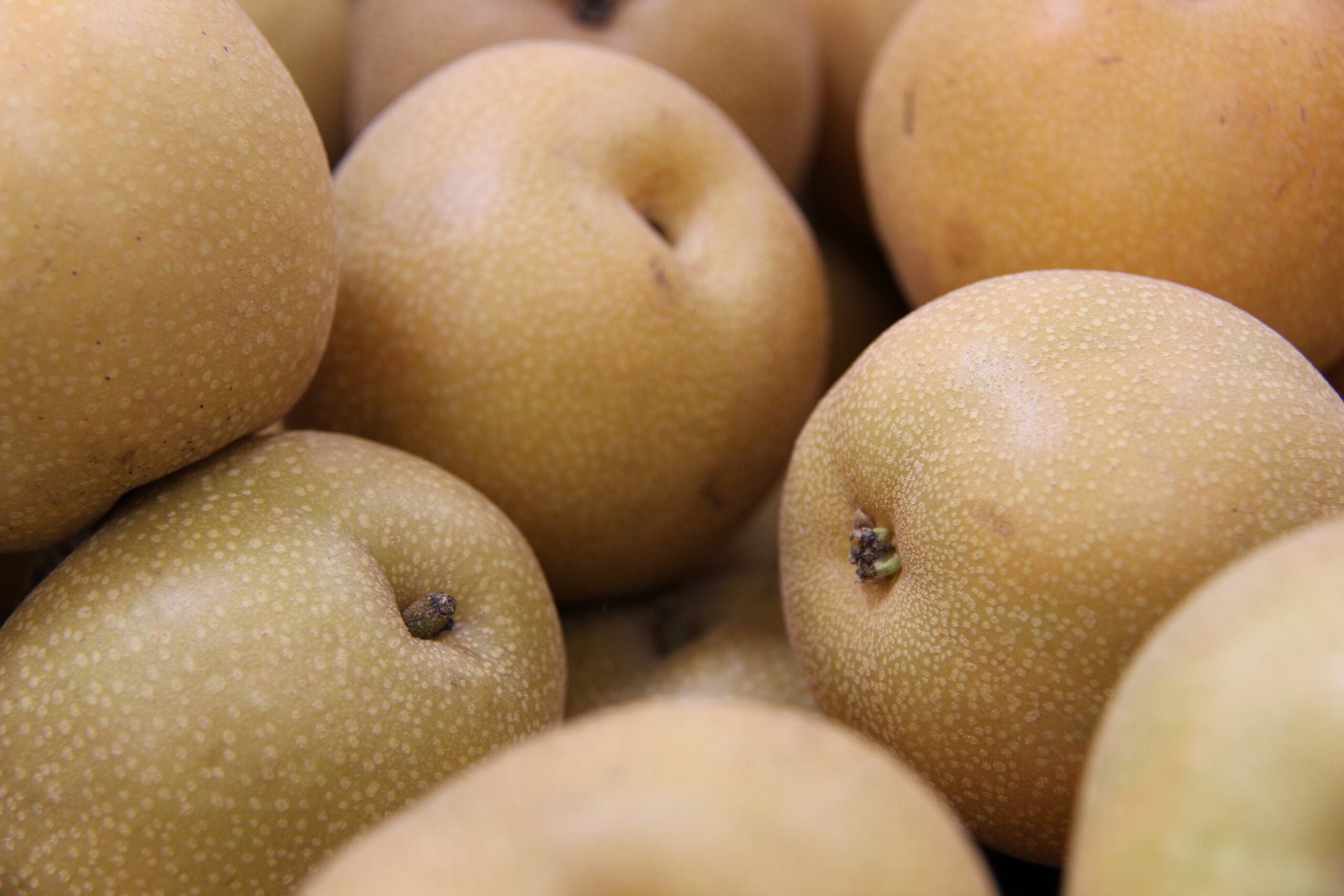
Checking Ripeness by Texture
Another reliable method to assess the ripeness of Asian pears is by examining their texture. Ripe Asian pears should feel firm yet yield slightly to gentle pressure when squeezed. Avoid pears that are overly soft or mushy, as they may be overripe and lacking in flavor. Conversely, if the pear feels too hard and has no give, it is likely underripe and may require additional time to mature.
Smell Test for Ripeness
The aroma emitted by an Asian pear can provide valuable insights into its ripeness. Take a moment to sniff the stem end of the pear. A ripe Asian pear will have a sweet and fragrant smell, indicating that it’s ready to be enjoyed. If the pear lacks any distinct aroma or has an unpleasant odor, it may not be fully ripe or could be past its prime.
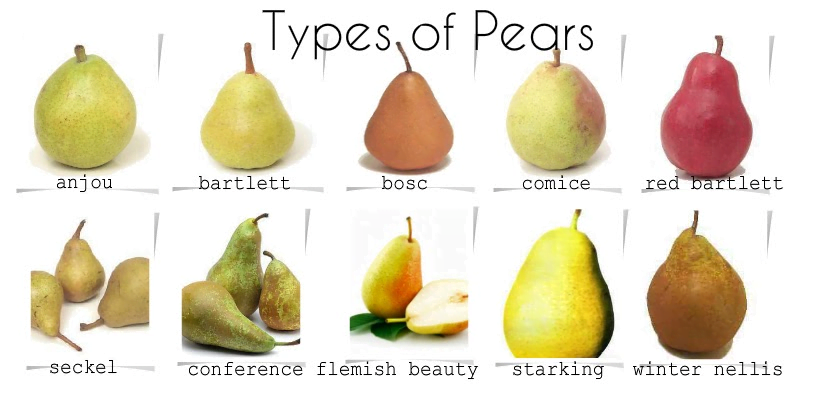
Understanding Sweetness and Flavor
While color, texture, and smell are important factors in determining ripeness, sweetness and flavor are truly the ultimate measures of a perfectly ripe Asian pear. When an Asian pear is ripe, it should have a pleasant balance of sweetness and acidity. The sweetness can vary between different Asian pear varieties, ranging from a subtle honey-like sweetness to a more robust sugariness. Experimenting with different varieties will help you discover the flavor profile that suits your taste buds best.
Taste Test for Ripeness
If you have the opportunity, give the Asian pear a taste test to confirm its ripeness. Take a small bite and pay attention to the texture, juiciness, and flavor. A ripe Asian pear should have a crisp and juicy flesh, bursting with flavor. If the pear tastes overly tart or lacks sweetness, it may not be fully ripe. Conversely, if the taste is too sweet or bland, the pear might be overripe or lacking in flavor.
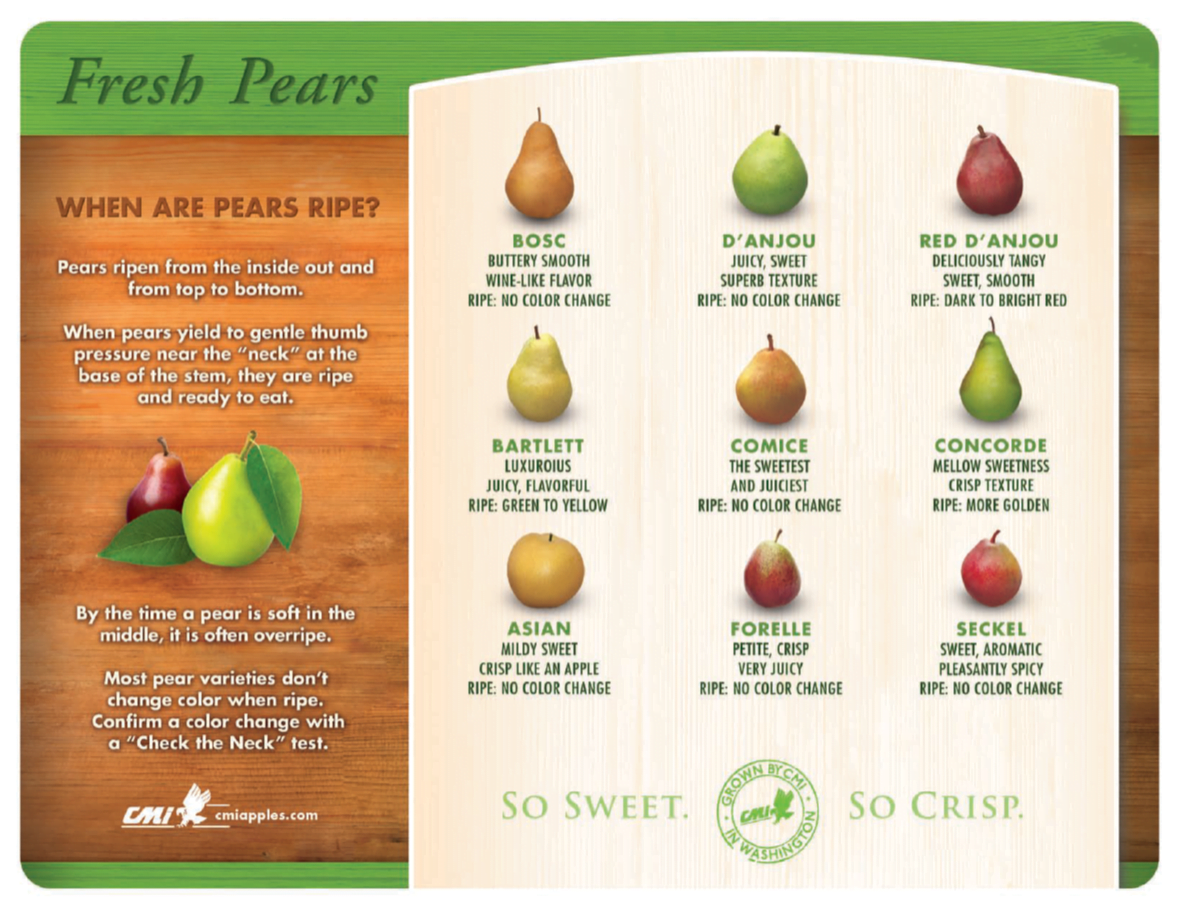
Checking the Stem Connection
The stem connection of an Asian pear can provide further clues about its ripeness. Inspect the area where the stem meets the pear. If the stem detaches easily with a slight twist or gentle pull, it is a good indication that the pear is ripe. On the other hand, if the stem clings tightly to the pear or requires significant effort to remove, it may be a sign that the pear is not yet ripe.
Squeeze Test for Ripeness
In addition to assessing the texture of an Asian pear, you can also perform a simple squeeze test to determine its ripeness. Gently squeeze the pear with your fingers, focusing on the area around the stem. A ripe Asian pear should yield slightly under the pressure, offering a slight give. Avoid pears that feel overly soft or excessively firm, as these may not be at their peak ripeness.
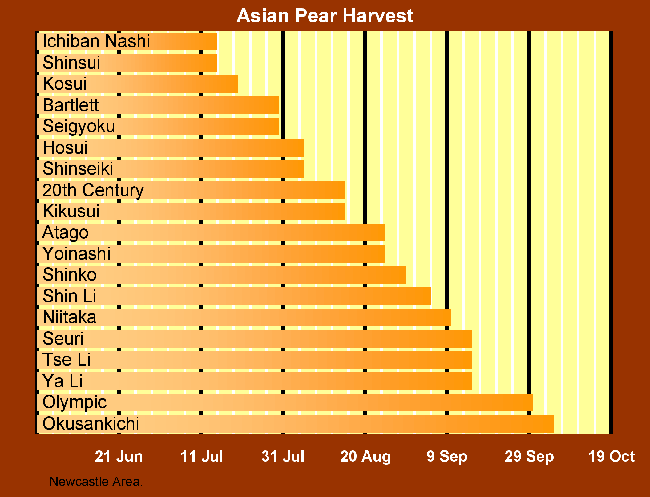
The ‘Thump’ Method
Some Asian pear enthusiasts swear by the “thump” method to assess the ripeness of the fruit. Hold the pear in the palm of your hand and give it a light tap with your finger or knuckles. If you hear a hollow sound, it may indicate that the pear is ripe. However, it’s important to note that this method may not always provide accurate results and should be used in conjunction with other ripeness indicators.
Additional Tips for Ripeness
Here are a few more tips to keep in mind when determining the ripeness of Asian pears:
Consider the fruit’s weight: Ripe Asian pears tend to feel heavier in your hand compared to underripe ones. This weight is an indication that the pear has reached its optimal sugar content and is bursting with juicy goodness.
Trust your instincts: Sometimes, your intuition can guide you in determining the ripeness of an Asian pear. If it feels and looks ripe based on your own judgment, it’s likely ready to be enjoyed.
Refrigeration for ripening: If you have slightly underripe Asian pears, you can place them in a paper bag and store them at room temperature for a day or two. The ethylene gas produced by the pears will help expedite the ripening process.
Remember, the perfect ripeness of Asian pears can vary depending on personal preference and the specific variety. It may take a few trials and taste tests to determine your ideal level of ripeness. However, by following these guidelines and trusting your senses, you’ll soon become an expert in selecting and enjoying perfectly ripe Asian pears. Enjoy the sweet, crisp, and refreshing experience that these delectable fruits have to offer!
